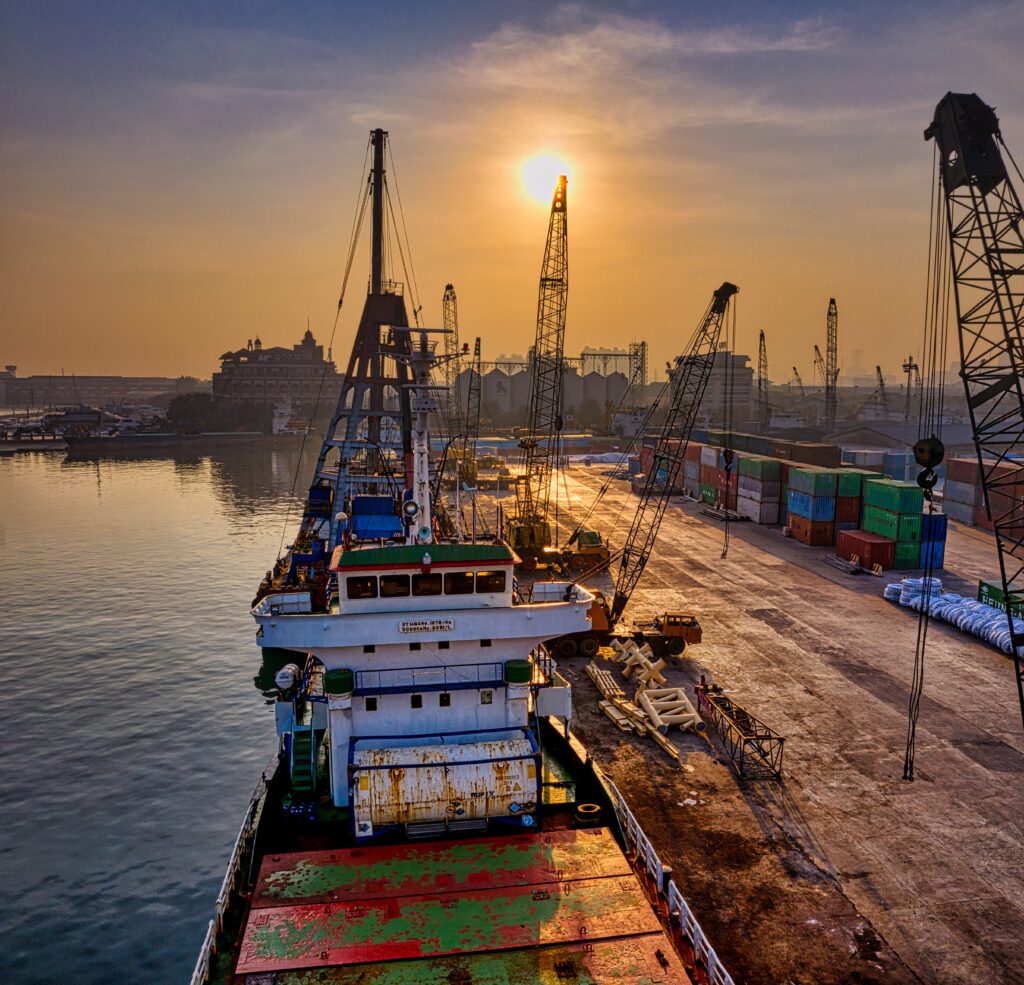
shipping and logistic
The shipping and logistics industry is a complex web of operations that involve the movement of goods, often of substantial weight and size. Ensuring the safety of personnel, equipment, and cargo is paramount in this industry. Safe Load Indicators (SLIs) have emerged as invaluable tools, revolutionizing safety standards and operational efficiency. In this article, we explore the significant impact of Safe Load Indicators in the shipping and logistics sector.
1. Safety First:
Safety is the cornerstone of the shipping and logistics industry. Operations involve lifting and transporting heavy containers, machinery, and goods, and a single mishap can have catastrophic consequences. SLIs have dramatically improved safety standards in this industry. They monitor and control various parameters during lifting and loading operations, providing real-time data that prevents overloading, instability, and accidents.
2. Accident Prevention:
The shipping and logistics sector often involves lifting and maneuvering heavy cargo containers on and off ships, trucks, and trains. In such environments, an overloaded or unbalanced load can lead to devastating accidents. SLIs continuously monitor the weight of the load and provide instant warnings or stop operations if the load exceeds safe limits or if the equipment’s stability is compromised. This proactive approach to safety has significantly reduced the number of accidents and incidents in the industry.
3. Improved Efficiency:
Efficiency is the lifeblood of the shipping and logistics sector. Delays in loading and unloading can result in substantial financial losses. SLIs enable operators to maximize efficiency without compromising safety. By providing real-time data on load weight, boom angle, and radius measurement, operators can make informed decisions, optimizing the lifting process for speed and accuracy while staying within safe limits. This not only reduces downtime but also enhances overall productivity.
4. Equipment Protection:
The shipping and logistics industry relies heavily on expensive machinery, including cranes, forklifts, and loading equipment. Overloading or operating these machines outside their safe parameters can lead to severe damage and costly repairs. SLIs act as a shield against such scenarios. By constantly monitoring load weights and equipment stability, SLIs help prevent damage to equipment, reducing maintenance and repair costs and extending the lifespan of valuable assets.
5. Cost Savings:
Safe Load Indicators offer a significant return on investment for companies in the shipping and logistics industry. While the initial investment in SLIs may seem substantial, the long-term cost savings they generate are substantial. Preventing accidents, minimizing equipment damage, reducing downtime, and enhancing operational efficiency all contribute to a healthier bottom line. Companies that prioritize safety through SLI implementation often find their overall operating costs decrease over time.
6. Regulatory Compliance:
Governments and industry bodies worldwide are becoming increasingly stringent in their safety regulations, and the shipping and logistics sector is no exception. Many countries and regions now require the use of Safe Load Indicators in lifting and loading operations to ensure compliance with safety standards. Companies that fail to adhere to these regulations face fines, legal repercussions, and damage to their reputation. By adopting SLIs, businesses can stay in compliance with these evolving standards and demonstrate their commitment to safety.
7. Training and Skill Enhancement:
The implementation of SLIs has necessitated training programs for operators and personnel involved in lifting and loading operations. This has led to skill enhancement and a better understanding of safe operating practices. Operators are now better equipped to interpret and respond to the data provided by the SLIs, making them more proficient in their roles and further contributing to overall safety.
8. Data Analysis and Predictive Maintenance:
Modern SLIs are often equipped with data logging capabilities, allowing companies to gather valuable data on their lifting and loading operations. This data can be analyzed to identify trends, areas for improvement, and potential issues before they become critical. Predictive maintenance programs can be established based on this data, ensuring that equipment remains in optimal condition and reducing unplanned downtime.
9. Global Adoption:
The impact of Safe Load Indicators is not limited to specific regions; they have been adopted globally. This standardization ensures a consistent level of safety across the industry, regardless of location. It also facilitates international trade, as companies from different parts of the world can collaborate with confidence in the safety and reliability of their operations.
10. Future Advancements:
As technology continues to advance, Safe Load Indicators are expected to become even more sophisticated. They may incorporate artificial intelligence and machine learning algorithms to provide predictive insights and further enhance safety and efficiency. Additionally, integration with other digital systems and the Internet of Things (IoT) could create a seamless and interconnected environment for monitoring and managing lifting and loading operations.
In conclusion, the impact of Safe Load Indicators in the shipping and logistics industry is profound. These devices have transformed safety standards, reduced accidents, improved operational efficiency, protected valuable equipment, and led to significant cost savings. Their adoption is not only a legal requirement in many regions but also a strategic decision that enhances a company’s reputation and competitiveness. As technology continues to evolve, the role of Safe Load Indicators in the industry is set to expand, making them indispensable tools for ensuring the safe and efficient movement of goods worldwide.
Written By: Adarsh, Age 37
Website: https://www.adarshmicrotech.in/






